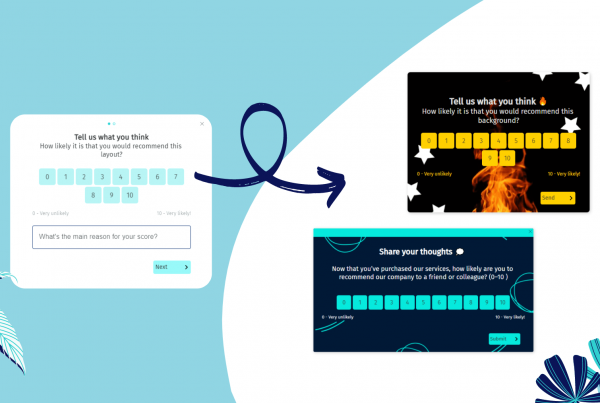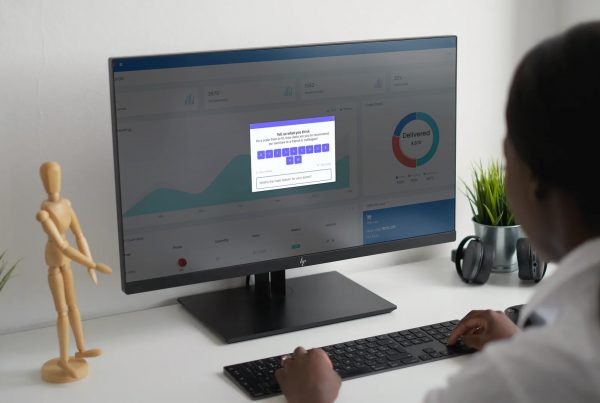Get ready for some changes. Video, AI and instant messaging are the biggest customer service trends for 2019.
Nowadays customer loyalty isn’t just about price and product. In fact, according to Microsoft, 54% of customers have higher expectations for customer service today compared to one year ago.
Think about it, your customers are interacting in real-time with people from all around the world. They get feedback in a matter of seconds and often use 3-4 social channels at the same time.
They are not used to waiting anymore and expect companies to be available 24/7.
“It takes 12 positive experiences to make up for 1 unresolved negative experience.” – Ruby Newell-Legner
In 2019, companies will move from a proactive to predictive approach. Using consumer data to design better customer journeys and solve issues before they appear. Expect to see technologies such as AI and augmented reality and, last but not least, real-time assistance through social messaging.
So, here’s what you should invest on.
Predictive Approach
In 2019, personalized customer service will continue to have a great impact on decision making. But, with the increasing use of Artificial Intelligence, companies will start using analytics tools to move from a personalized to a predictive approach.
This means, taking advantage of user data to predict future actions and needs. This way, customer service agents will address client’s needs faster and even anticipate solutions. Rather than just reacting to issues.
Real-time assistance
In today’s hyper-connected world, where users can quickly find answers on search engines and forums, and where convenience and instant gratification are part of everyday life, customers want to solve issues fast!
Customers will continuously look for real-time interactions such as social messaging, live chats and AI bots. Furthermore, self-service tools that allow them to be more autonomous will continue to gain popularity, including knowledge base systems and walkthrough guides.
Strong Visuals
Video will continue to grow and it is expected to own 85% of the internet traffic in 2019. Building online experiences will depend on visual interactions. And it means much more than just video screen optimization, but 3D rendering and storytelling through AR and VR technology.
Just think about it, most consumers are just a few seconds away from being connected to a screen. This means there’s much more potential on video and content sharing! Companies will use video to help customers visualize product and service scenarios and solve support issues.
Ready for an awesome year? 😎




